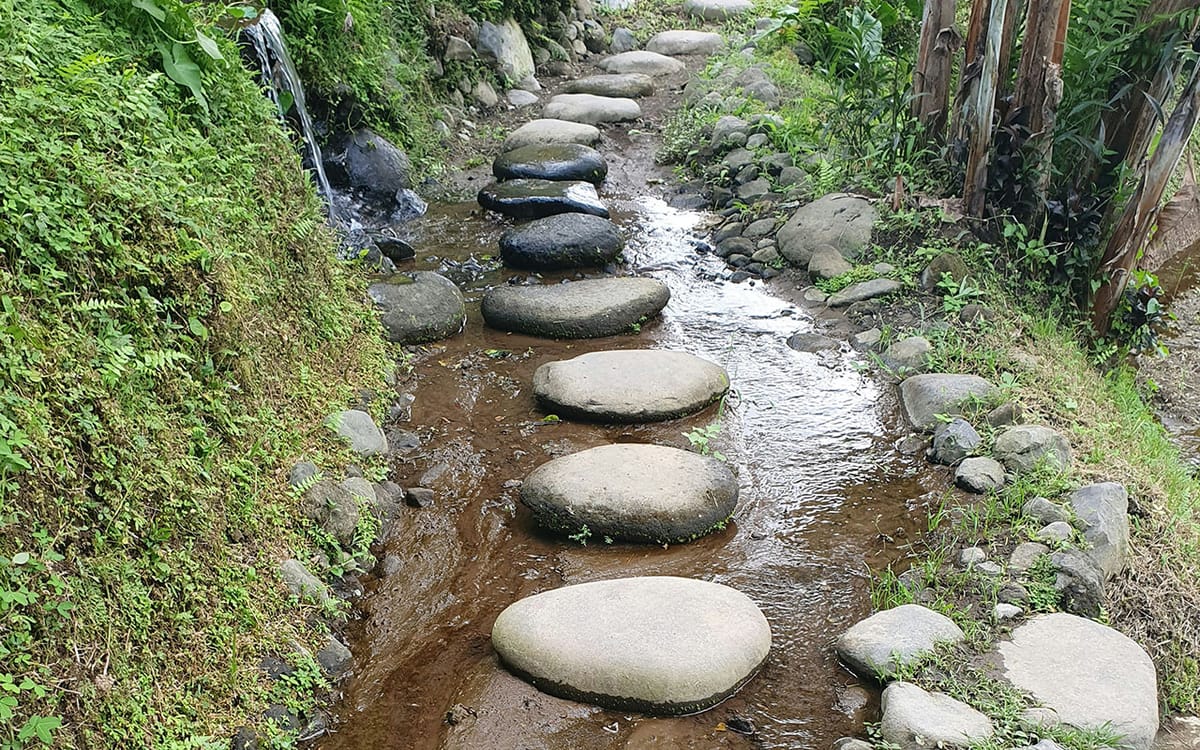The Middle Path — A Measured Approach to Awakening

The Buddha’s teaching of the Middle Path was never meant to be just a rule about avoiding excess. At its core, it’s a powerful and practical invitation: to live with clarity, presence, and balance. Through the lens of Lokottara Dhamma—the transcendent aspect of the Buddha’s teaching—the Middle Path becomes something deeper. It’s not about staying in the “middle” for its own sake, but about moving through life with wisdom and integrity, free from extremes in both thought and behavior.
This isn’t a path of passive moderation; it’s a dynamic, living practice. It asks us to engage fully with life, but without getting trapped by it.
The Eightfold Path as a Living Framework
Rather than treating the Eightfold Path as a checklist or rigid set of steps, the Middle Path shows it to be a flexible and evolving guide. Right view, right action, right speech—these aren't just moral rules. They’re ways to align your life with greater awareness and purpose. You don’t perfect them once and move on; you return to them again and again, adjusting based on where you are, what you’ve learned, and how clearly you can see.
Living in Accord with Change
Change is constant. Things shift—our moods, our circumstances, our relationships. The Middle Path helps us live with that change, rather than resisting it or trying to control it. It’s not about giving up or being indifferent, but about letting go of the need for life to stay fixed. Instead of being thrown off course by change, we learn to adapt and respond with calm and clarity.
Moving Beyond Dualities
One of the most subtle teachings of the Middle Path is that life isn’t just a series of opposites—right and wrong, success and failure, joy and sorrow. These categories are often helpful, but they can also limit us. The Middle Path asks us to step back and see a bigger picture. When we stop reacting to life in black-and-white terms, we begin to understand the deeper, interconnected nature of things. This helps us respond with more wisdom, less judgment.
Embracing the Totality of Experience
Life includes both pleasure and pain, hope and disappointment. The Middle Path encourages us not to cling to the highs or reject the lows, but to experience both fully without being owned by either. This doesn’t mean being detached in a cold or distant way. It means being open—able to feel joy without needing it to last, and able to face pain without collapsing under it. In that space, we discover a kind of quiet strength and inner freedom.
A Path of Ongoing Transformation
Finally, the Middle Path is not something you master once and for all. It’s a process of continuous learning and reflection. You check in with yourself, notice when you’re leaning too far in one direction, and gently re-center. It’s about growing in awareness, adjusting your approach, and returning—again and again—to a more grounded, open way of being.
The Middle Path isn’t about being neutral or playing it safe. It’s about being fully alive, fully engaged, but not pulled around by extremes. It’s about making space for wisdom to emerge—not by forcing answers, but by living in a way that’s spacious, clear, and deeply human.




